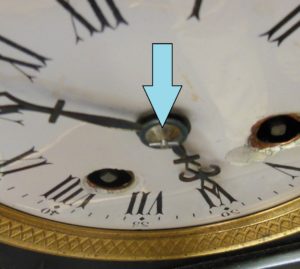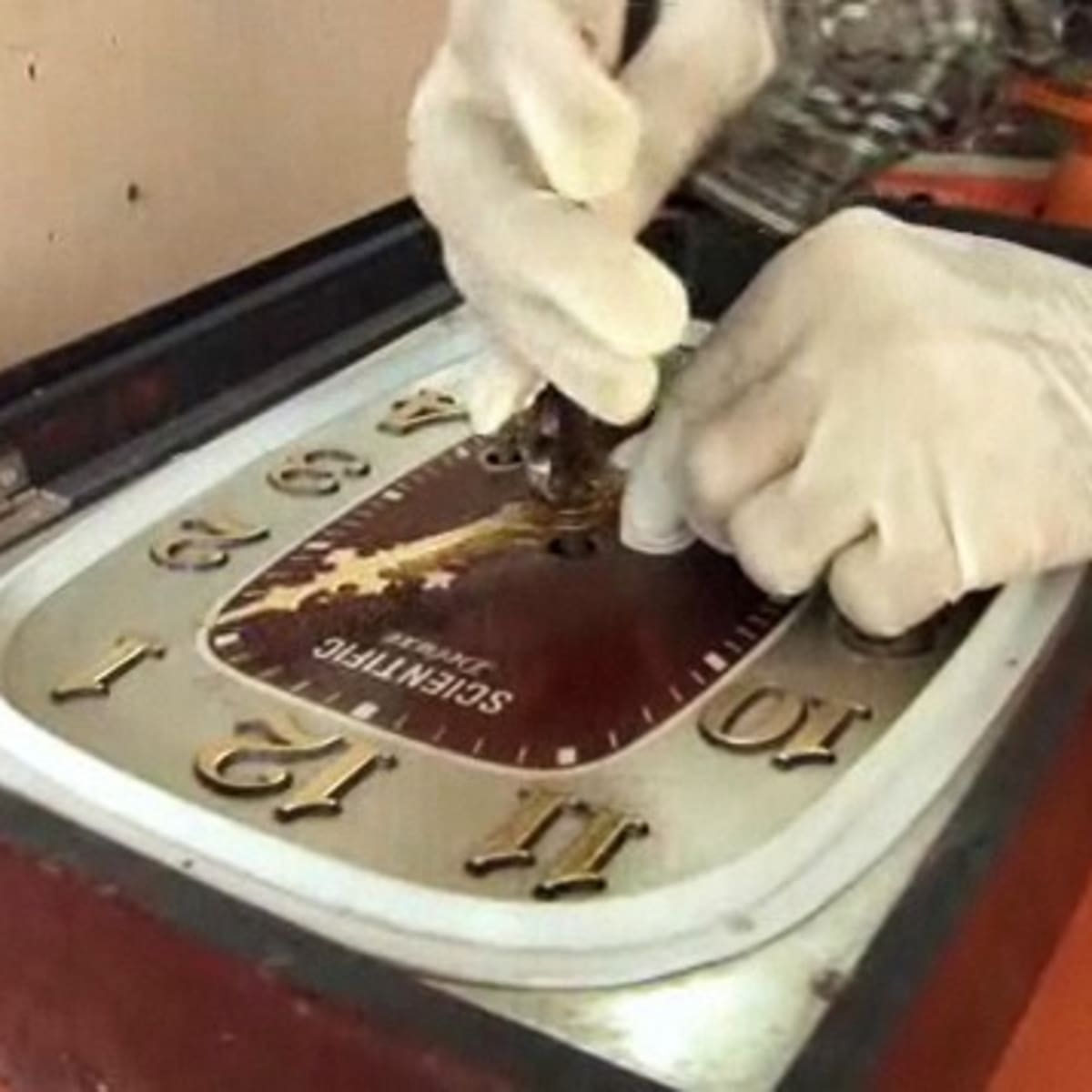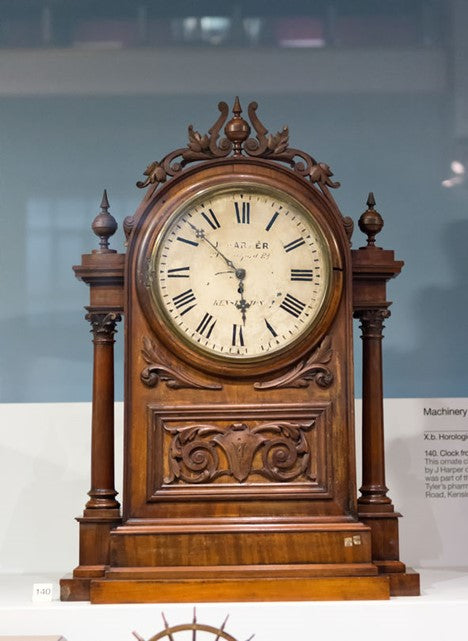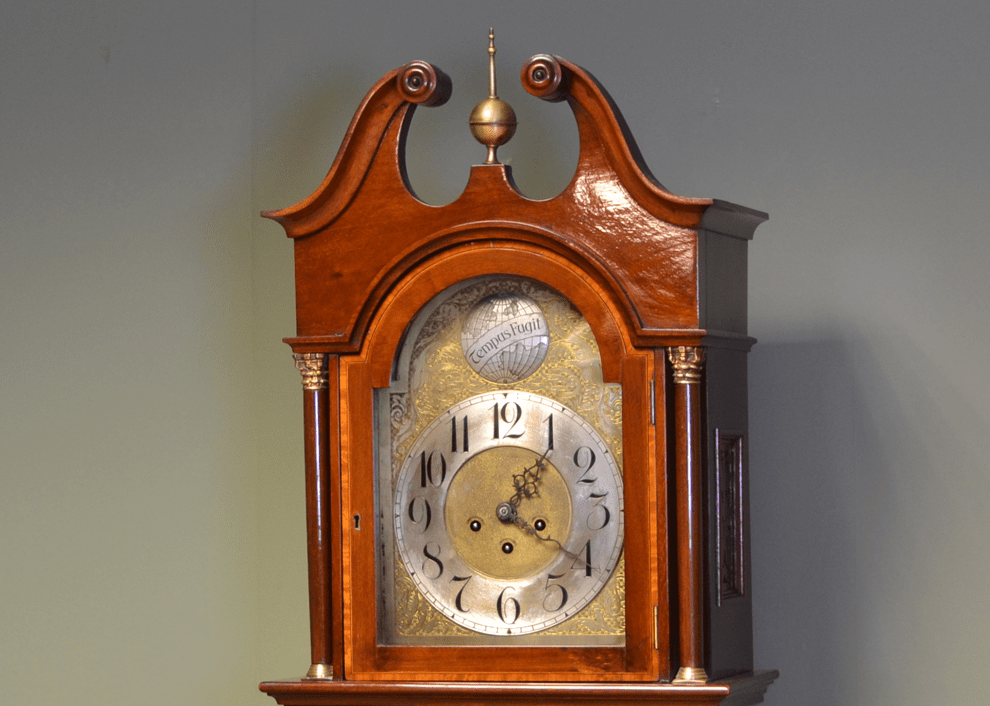Supreme Tips About How To Clean A Mechanical Clock
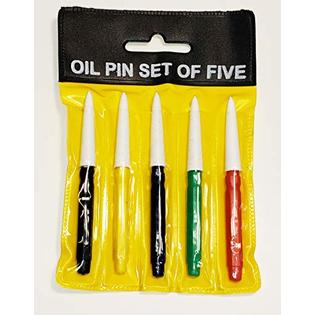
May need to loosen this nut with needle nose pliers, and then.
How to clean a mechanical clock. Carefully remove the clock mechanism from the case. Remove the spring from the barrel before placing the. Take off the minute hand by turning the hand nut to the left, while holding the hands still.
Pour a cup or two of turpentine or paint thinner in an empty coffee can or similar metal container. Below is an example of a clock mechanism that, as you can see was extremely dirty. Best thing would be to remove the entire.
The clock dial also needed to be cleaned so we decided, it was best to submerge the. Wd40 spray has kept it running for two years after a clockmaker wanted $180 to replace the works. Dig out around the pivots with a sharpened toothpick, to remove as much crud as possible.
You may have to use toothpicks to complete the cleaning process. Dorian clair, an antique clock repairer, explains the process of cleaning an antique clock at his shop in san francisco. How to let down the mainsprings, clean, and oil them.
Use a toothbrush and regular cleaning materials. (do not use any cleaner with a ph about 7.0, as this will. Clean the cogs and the plates.
What you can do is immerse the clock upside down so only half the clock (without the spring barrels) is cleaned. Clock cleaning kit includes one pint of concentrated ammoniated clock cleaning solution that can be used to clean movements by hand, or to use with a ultrasonic. Use mineral spirits and a small brush to clean the movement (especially pivot points).
